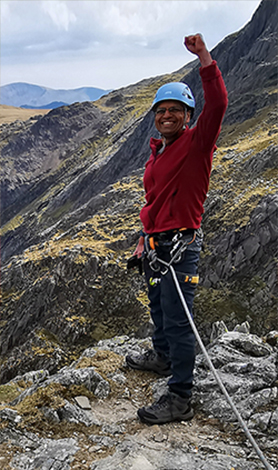Improvised Rescue
Improvised Rescue provides Rock climbers with a creative problem-solving toolset to get themselves and their climbing partners to safety when things go wrong. Examples include ascending a fixed rope to escape a ledge at the bottom of a sea cliff, or lowering an unconscious casualty to the ground. Techniques such as prusik hoists, strap anchors, mechanical advantage systems and other assisted techniques are all key aspects of improvised rescue. However, these techniques require expertise and practice in order to use them correctly. Consequently, it is important for rock climbers to learn all they can about rope work and rescue and to also understand their limitations!
The primary considerations for an improvised rescue course are:
- Prussiks, types and uses
- Ascending a rope
- Abseiling past a knot
- Escaping the system
- Assisted Hoists
- Unassisted Hoists
- Abseiling with a casualty

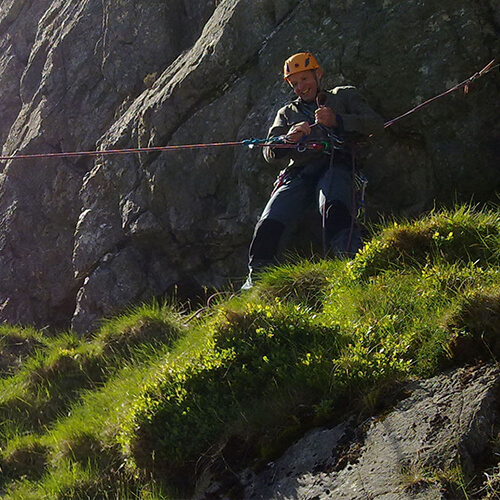




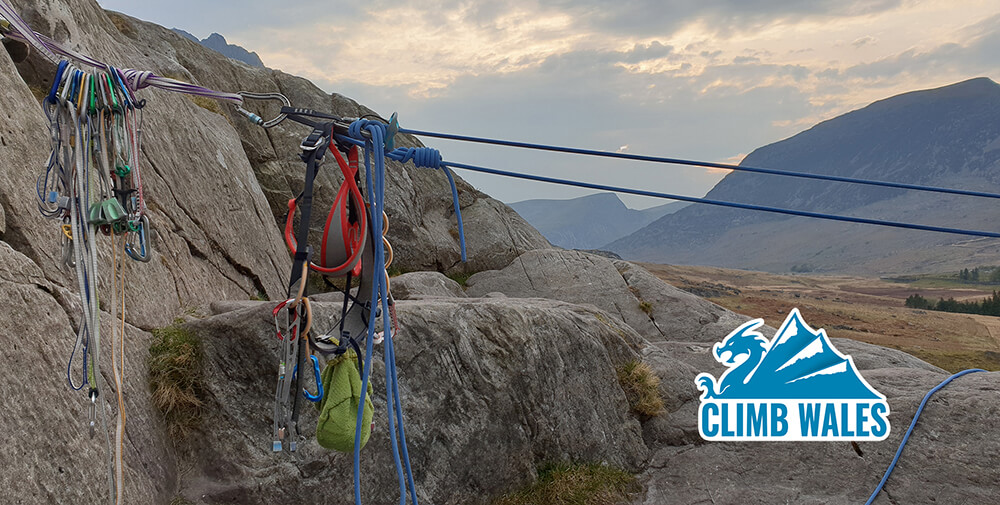
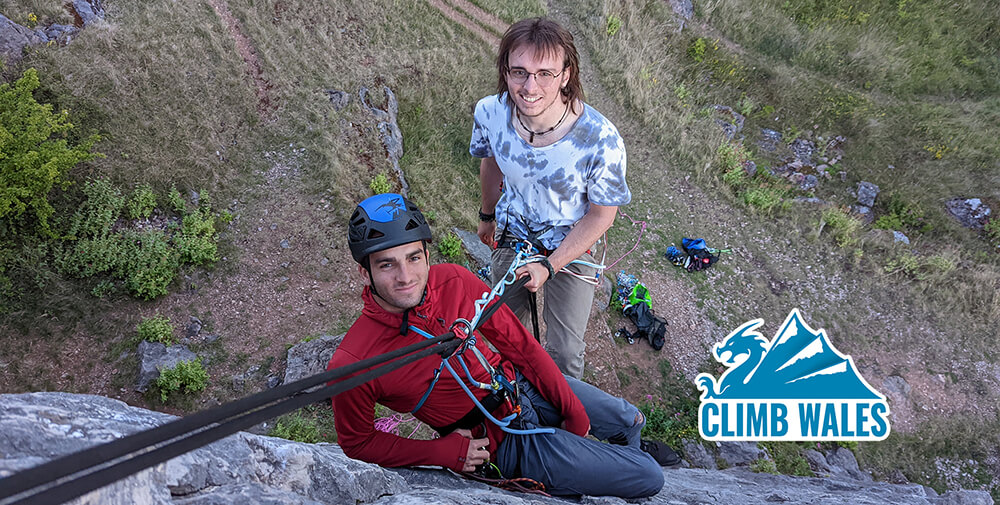
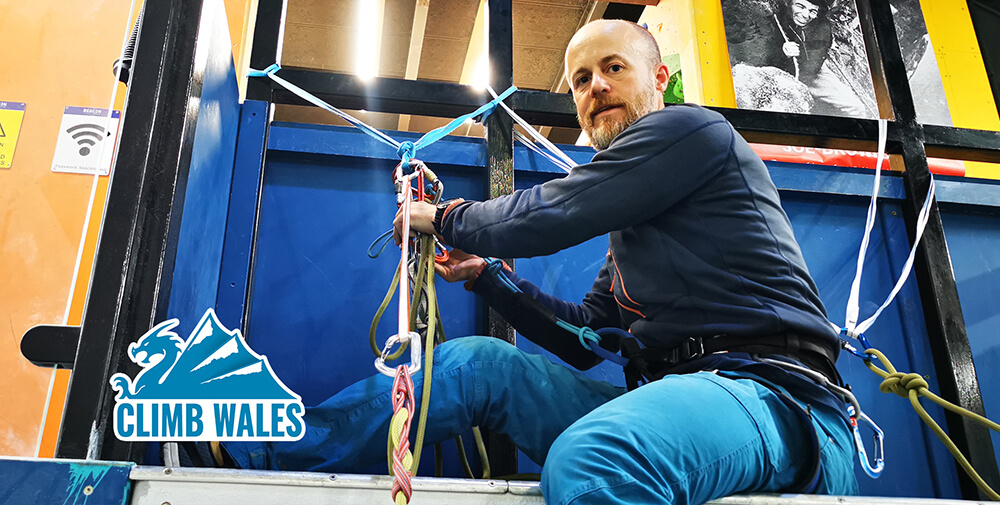
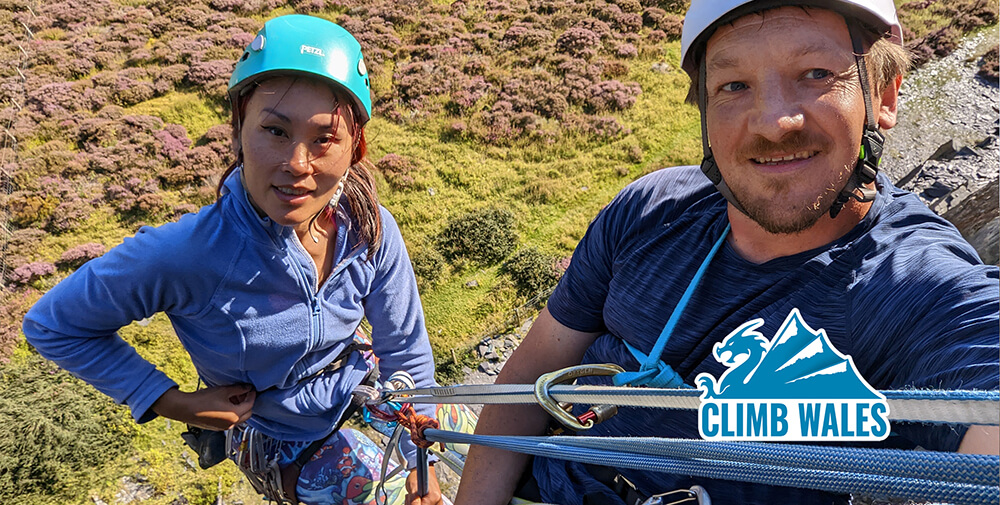
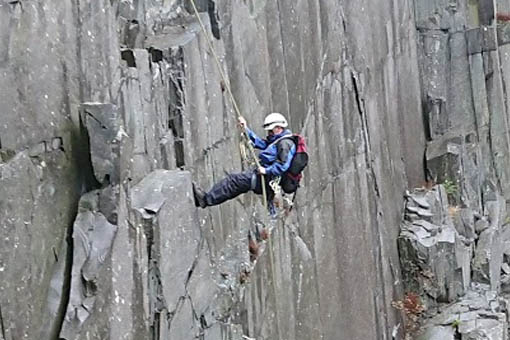 [ Learn More... ]
[ Learn More... ]
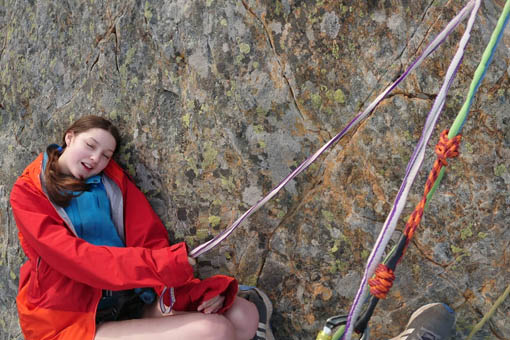 [ Learn More... ]
[ Learn More... ]
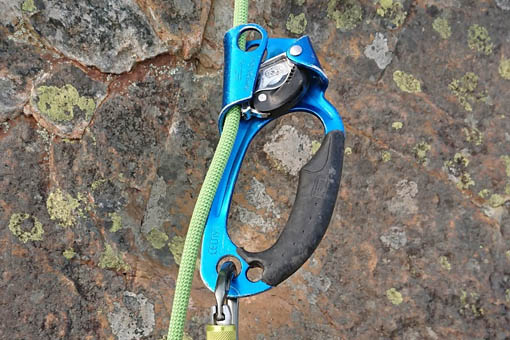 [ Learn More... ]
[ Learn More... ]
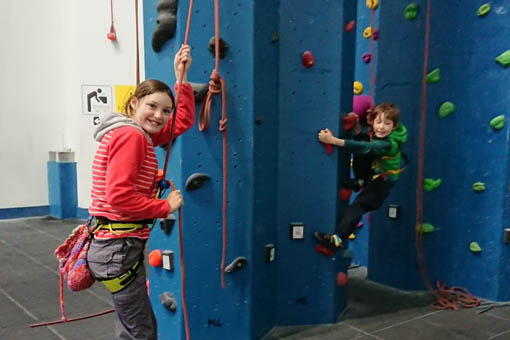 [ Learn More... ]
[ Learn More... ]
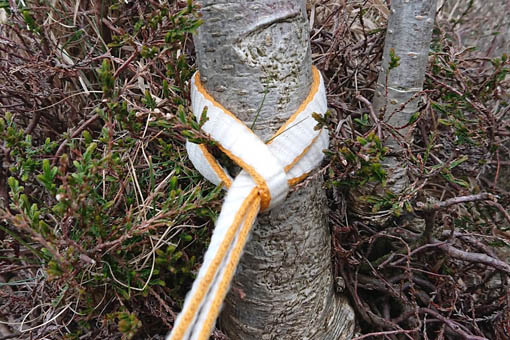 [ Learn More... ]
[ Learn More... ]
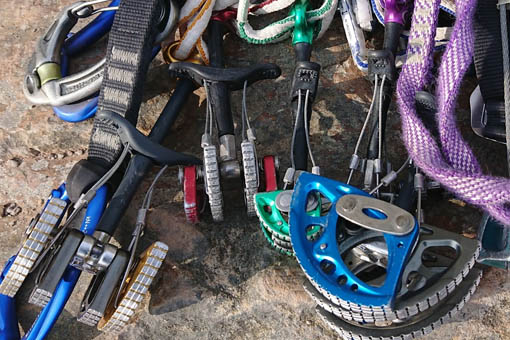 [ Learn More... ]
[ Learn More... ]
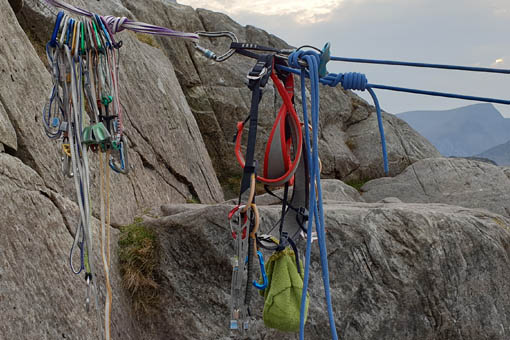 [ Learn More... ]
[ Learn More... ]
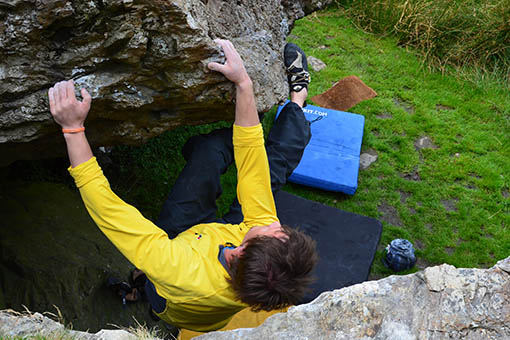 [ Learn More... ]
[ Learn More... ]
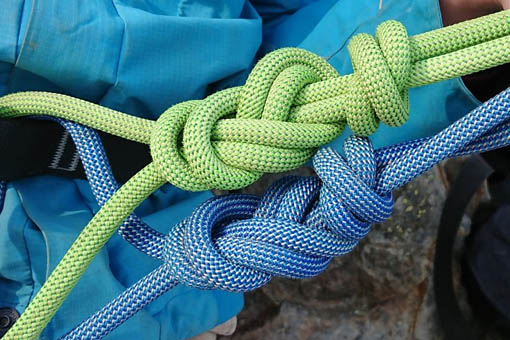 [ Learn More... ]
[ Learn More... ]
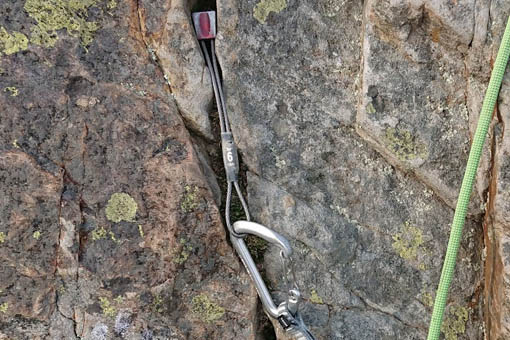 [ Learn More... ]
[ Learn More... ]
 [ Learn More... ]
[ Learn More... ]
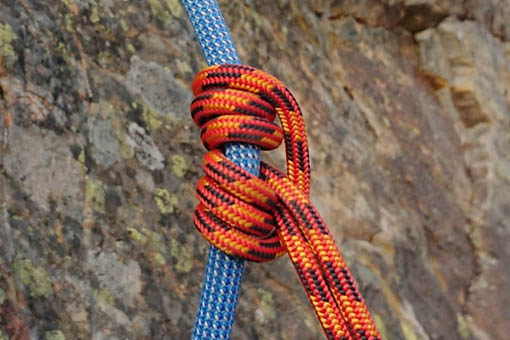 [ Learn More... ]
[ Learn More... ]
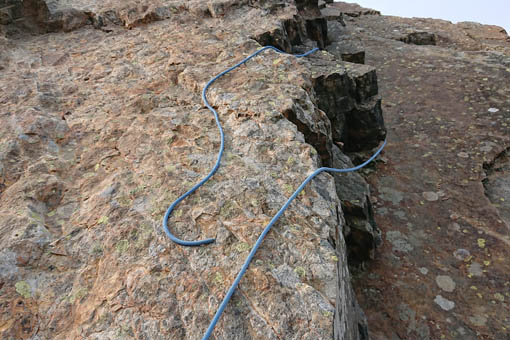 [ Learn More... ]
[ Learn More... ]
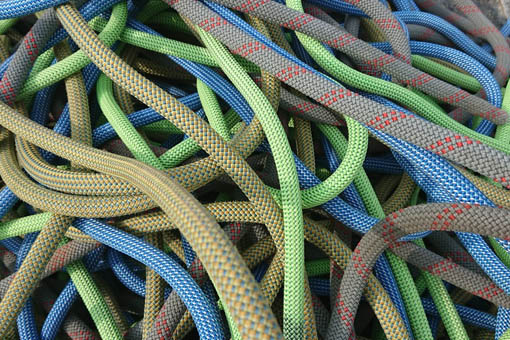 [ Learn More... ]
[ Learn More... ]
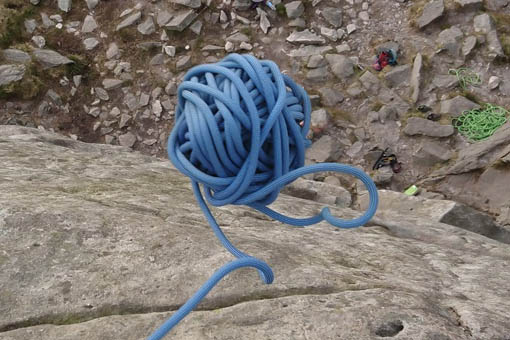 [ Learn More... ]
[ Learn More... ]
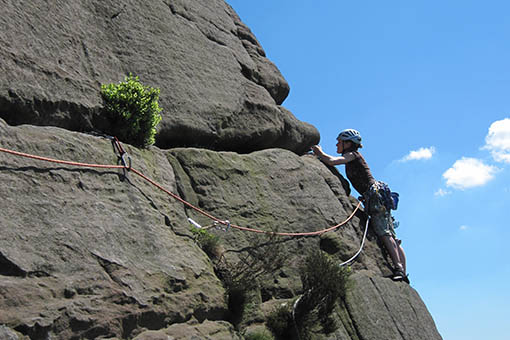 [ Learn More... ]
[ Learn More... ]
